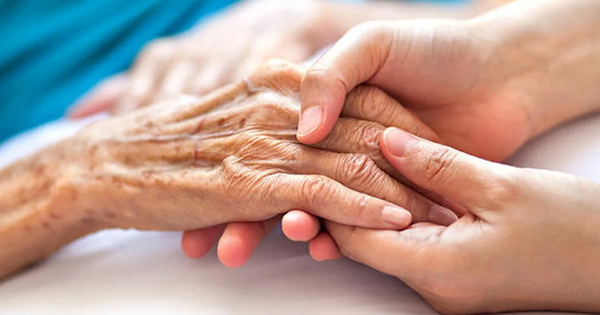Background: Adhesive skin contact layers can cause trauma and pain upon removal. Aims: To compare two adhesive foam dressings, Allevyn® Adhesive and Mepilex® Border, in terms of the peel force required to remove them and any trauma and pain caused on removal.
Methods: Strips of the dressings were applied to 22 healthy volunteers and were removed 48 and 72 hours after application and the peel force required to remove them was measured. Dressings were also applied to the forearms of the volunteers and removed 24 hours after application when they were asked to rate the pain severity of the removal. The sites were also inspected for erythema. Complete dressings were also applied to the wounds of nine patients. Following removal, the wound contact layers were analysed by scanning electron microscopy and assayed for protein.
Results: The peel force measurements showed no difference between the dressings. Mepilex Border exhibited significantly lower pain on removal and less skin erythema than Allevyn Adhesive. Electron micrographs showed large number of skin cells attached to the surface of Allevyn Adhesive dressings and few cells attached to Mepilex Border dressings. Protein analysis demonstrated significantly more protein on the Allevyn Adhesive dressings.
Conclusions: This study showed that Mepilex Border was atraumatic and did not remove significant amounts of skin cells.
Conflict of interest: This study was supported by an educational grant from Mölnlycke Health Care.






